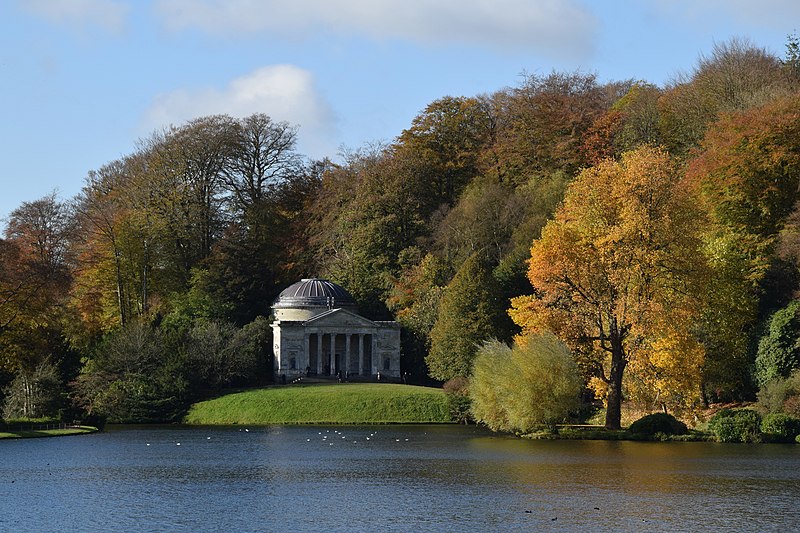WHAT IS THE ROLE OF A LANDSCAPE ARCHITECT
Landscape architects play an important role in designing and shaping outdoor spaces, ranging from small gardens to large public parks and urban plazas. Their work involves a mix of artistic and technical skills, as well as a deep understanding of the natural and built environment.
The role of a landscape architect can be quite varied, depending on the specific project and client needs. However, there are some key aspects of the profession that are common to most landscape architecture projects.
Planning
One of the primary roles of a landscape architect is to help clients plan outdoor spaces that meet their needs and goals. This may involve assessing the site and determining its potential, identifying any challenges or opportunities, and developing a plan that maximizes the space’s potential. Landscape architects work closely with clients to understand their requirements and preferences, and then develop a design that balances functionality, aesthetics, and budget constraints.
Design
The design phase of a landscape architecture project involves creating a detailed plan for the outdoor space, including elements such as planting schemes, hardscape features, water features, lighting, and furniture. Landscape architects must have a deep understanding of the principles of design, including color theory, proportion, scale, texture, and form, in order to create a cohesive and visually appealing design. They also need to have knowledge of the technical aspects of design, such as drainage, irrigation, and grading, in order to ensure that the space is functional and sustainable.
Implementation
After the design phase is complete, landscape architects work with contractors, engineers, and other professionals to implement the design. They may be involved in overseeing the construction process, ensuring that the project is built according to specifications and quality standards. They may also be involved in the procurement of materials and equipment, as well as the management of the project timeline and budget.
Management
Landscape architects are often involved in the management of outdoor spaces after they are completed. This may include developing maintenance plans, overseeing the upkeep of the site, and making changes to the design as needed to ensure that the space remains functional and attractive. They may also be involved in the ongoing programming and activation of the space, such as organizing events or creating educational opportunities.
Advocacy
In addition to their project work, landscape architects may also be involved in advocacy efforts to promote the value of outdoor spaces and sustainable design practices. This may involve working with community groups, government agencies, and other stakeholders to raise awareness of the importance of well-designed outdoor spaces and the benefits they provide.
Overall, the role of a landscape architect is to create outdoor spaces that are functional, sustainable, and beautiful, while also meeting the needs of the people who will be using them. They bring together a range of technical and creative skills to create designs that not only look good, but also work well and are sustainable over the long term. Whether working on a small residential garden or a large public park, landscape architects play a vital role in shaping the world around us.


